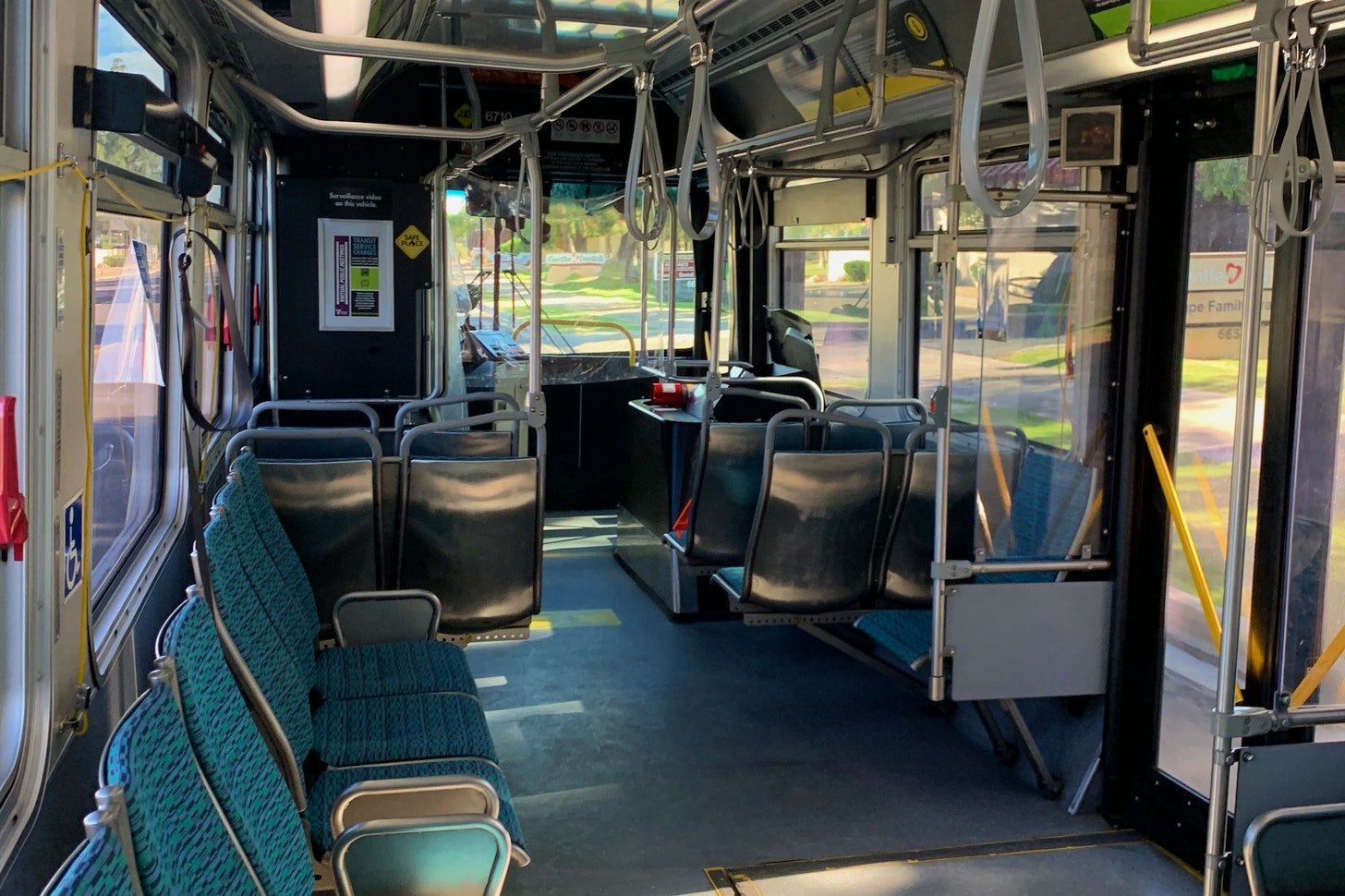Valley Metro
Back in late 2019, in that age of innocence when the disagreeable terms COVID-19 and SARS-CoV-2 would have only been intelligible to epidemiologists, I started taking public transit to work.
I’d walk five minutes, then get on the 72 bus heading north. At the Arizona State campus I’d transfer to light rail, which would deliver me one block from the office in downtown Phoenix right around 9AM. I’d do the same thing, in reverse, every afternoon.
I loved it. I loved being able to read or watch movies instead of sinning in my heart against deplorable rush-hour drivers. At times when I was staring down work deadlines, I took advantage of the extra time to respond to Basecamp messages and emails. Most days (yes, there were exceptions), I enjoyed the unlikely mix of fellow commuters: students heading to class and nurses on their way home from 12-hour shifts; people in suits making way for people in wheelchairs; homeless folks en route to the library and wide-eyed tourists fresh out of Sky Harbor.
This was my daily routine. Until it wasn’t. As I stood on the light rail platform heading home on Wednesday, March 11, 2020, I saw a news alert on my phone that the World Health Organization had characterized COVID-19 as a pandemic. Within 24 hours, some of the most rapacious capitalists on the planet were shutting down the sports teams they ran. For the most part, they did so voluntarily. We knew then that this pandemic was going to be a big deal. I’m not sure we knew just how big, how devastating – or how unnecessarily divisive – it would become.
Fourteen months and two vaccines later, I’m back in the office. And I’ve returned to my morning and evening commute on public transit. For that, I’m grateful.
(That photo in the header was from my first morning back on Valley Metro, when – for a stop or two – it was just me and the bus driver, rumbling north.)
